How does laser hair removal work?
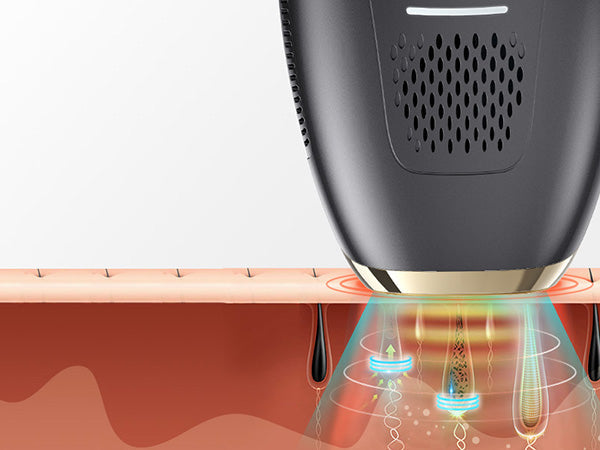
Laser hair removal has become one of the most in-demand long-term hair reduction treatments worldwide, thanks to its efficiency, convenience, and ability to save time in your grooming routine. With the surge in at-home laser hair removal devices and advanced clinical technology, many people are curious: How exactly does laser hair removal work? And is it worth the investment?
The Science Behind Laser Hair Removal
Laser hair removal uses concentrated beams of light (laser) to target the melanin (pigment) in hair follicles. When the light is absorbed, it converts into heat, which damages the hair follicle and inhibits future growth. Over several sessions, this process leads to a significant reduction in hair regrowth.
Popular keywords: permanent hair reduction, IPL vs laser, hair follicle treatment, melanin targeting
Who Is Laser Hair Removal For?
In the past, laser treatments worked best on those with light skin and dark hair, but today’s devices—especially FDA-cleared home laser machines—are more advanced and designed for a broader range of skin tones. However, results still vary depending on your hair color, skin tone, and hormonal factors.
Trending concerns: laser hair removal for dark skin, safe hair removal for sensitive skin, does laser work on blonde hair
In-Clinic vs At-Home Devices: What’s the Difference?
While professional laser hair removal machines (like Candela GentleMax Pro or Soprano ICE Platinum) are more powerful and deliver faster results, at-home laser devices are growing in popularity due to their affordability and convenience. Popular models such as the Braun Silk·Expert Pro 5, Tria Beauty Hair Removal Laser 4X, and Ulike Sapphire Air3 offer salon-like results over time—with proper use.
Search trends: best home laser hair removal device 2025, IPL vs diode laser, clinic vs DIY hair removal
Treatment Areas: Where Can You Use It?
Laser hair removal is safe for almost every body part—including legs, arms, underarms, face (upper lip, chin), bikini line, and even back and chest. Most users start with one area and gradually expand as they see results.
Hot keywords: facial hair laser removal, bikini laser hair removal, laser for legs, underarm hair removal
How Many Sessions Are Needed?
Hair grows in cycles, and the laser is most effective during the anagen (growth) phase. That's why multiple sessions—usually 6 to 8 spaced 4–6 weeks apart—are needed for long-lasting results. Some maintenance treatments may be required every few months afterward.
Common questions: how many laser sessions, when will hair fall out after laser, laser hair regrowth cycle
Pain Level and Side Effects: What to Expect
Most people describe the sensation as a mild snap or rubber band flick, though many at-home devices now offer cooling technology to minimize discomfort. Temporary side effects include redness, swelling, or slight irritation, especially after the first few sessions.
User concerns: does laser hair removal hurt, side effects of IPL, laser with cooling system
Benefits Over Traditional Hair Removal Methods
Compared to shaving, waxing, or epilating, laser hair removal offers a long-term solution with fewer ingrown hairs, reduced skin irritation, and ultimately less time spent on hair removal. Users love that it leaves skin smoother for longer without the risk of cuts or razor burn.
Product comparisons: laser vs waxing, epilator vs IPL, long-term hair removal solutions
Things to Consider Before Starting
Before starting treatment, avoid sun exposure, waxing, or tweezing. Shave the treatment area instead, so the laser can focus on the follicle under the skin. Always choose a device with skin tone sensors, multiple energy levels, and built-in cooling for safety and comfort.
Top-rated models in 2025: Philips Lumea Prestige, Ulike Air3 IPL, Silk'n Infinity, Kenzzi IPL
Final Thoughts
Laser hair removal offers an effective, increasingly accessible path to permanent hair reduction for both men and women. Whether you're going to a clinic or investing in an at-home laser hair removal device, understanding how the technology works—and what to expect—can help you achieve smoother, hair-free skin safely and confidently.
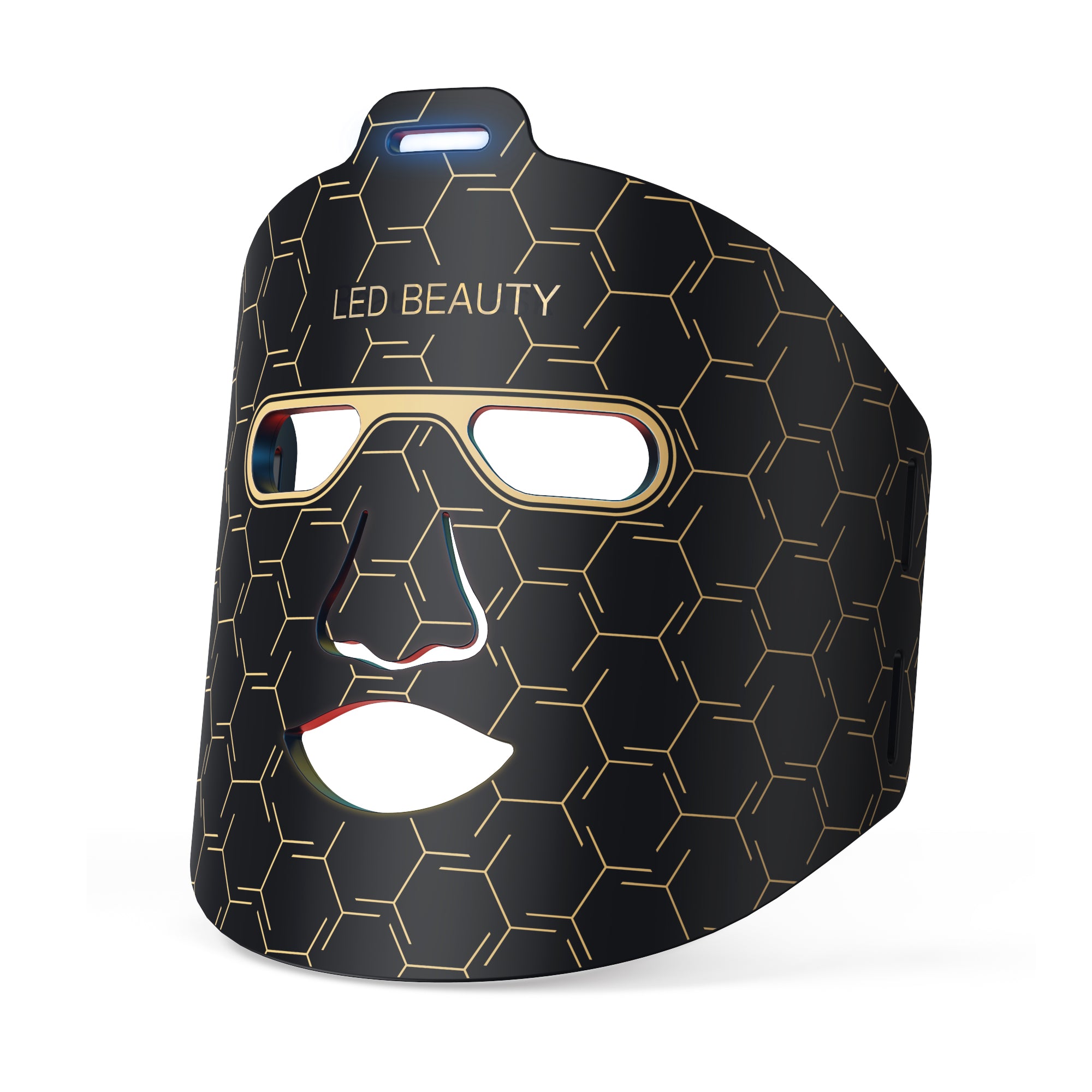
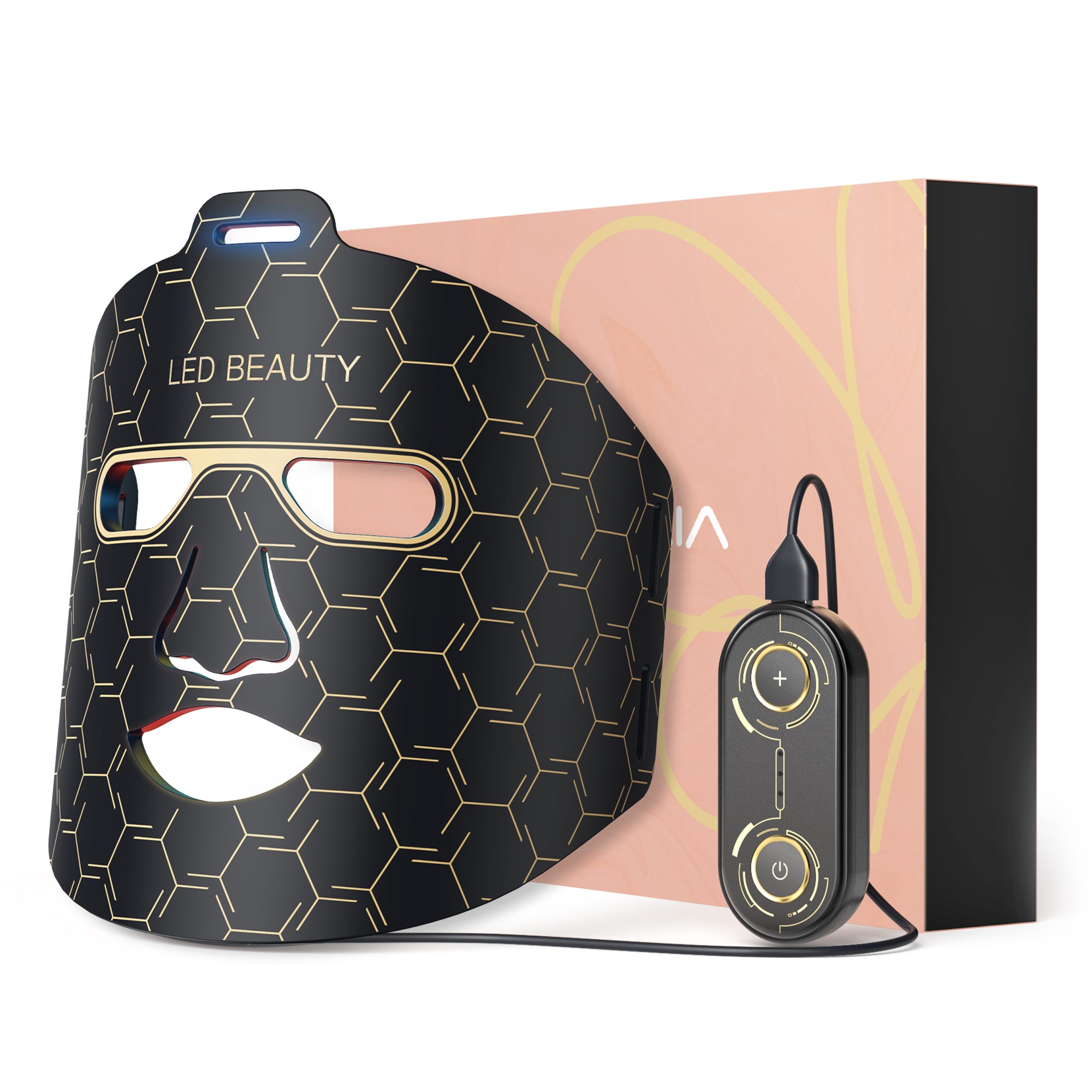

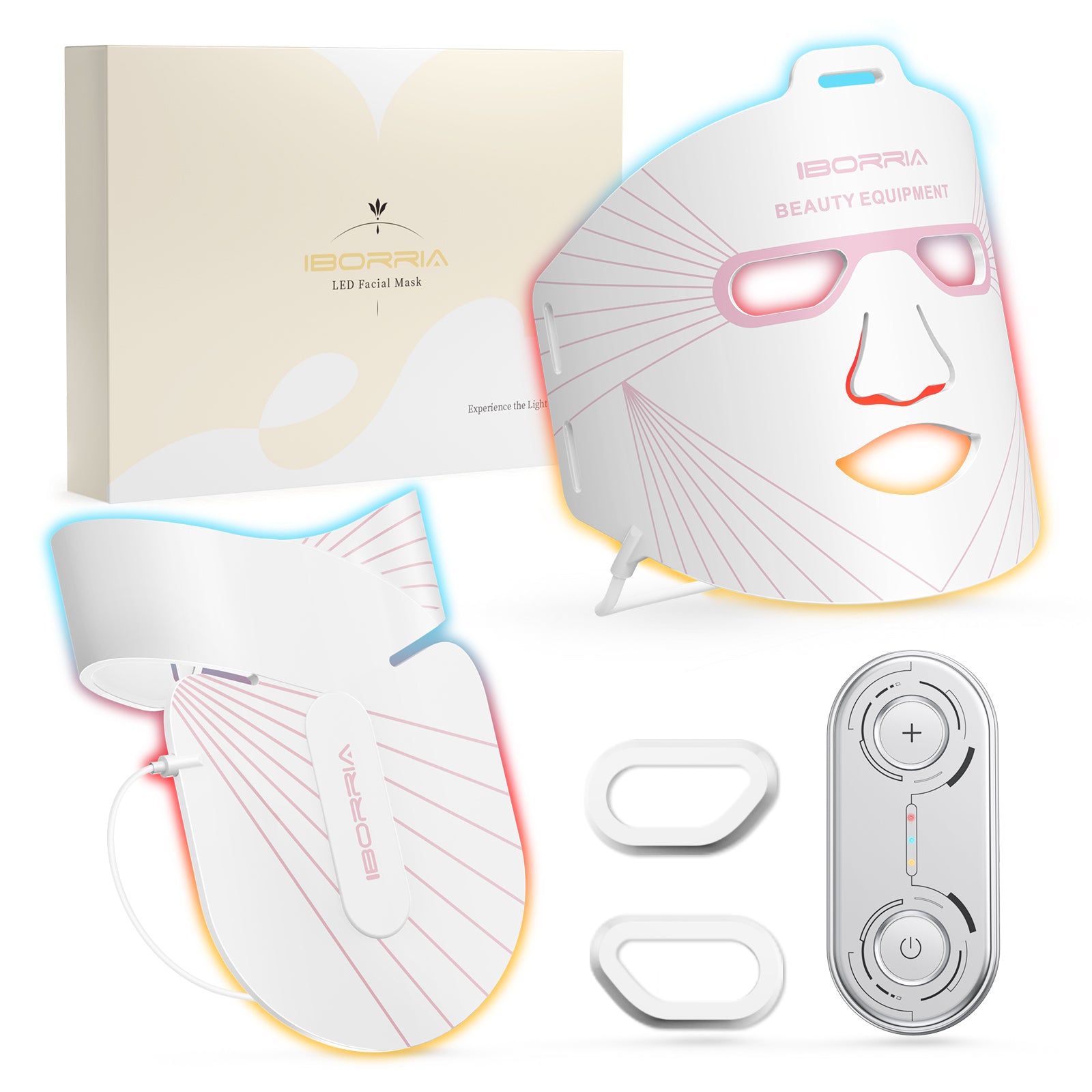
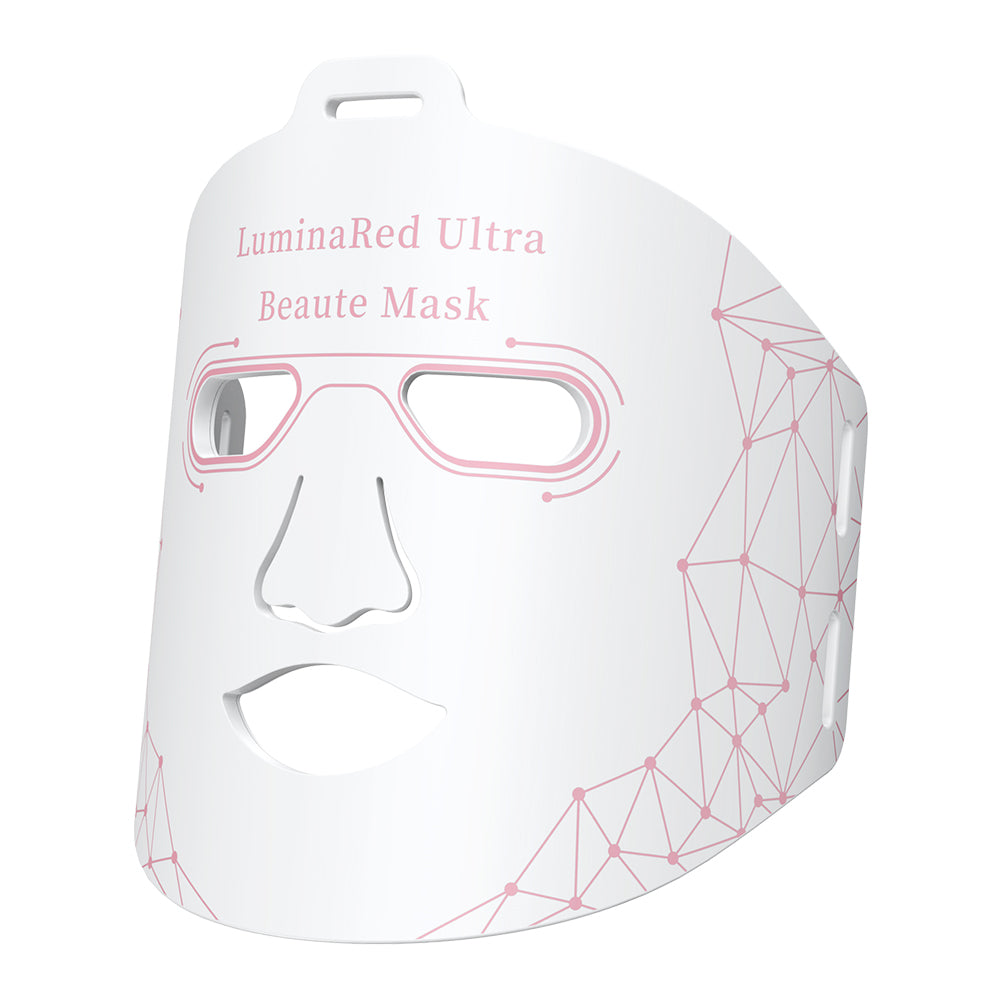
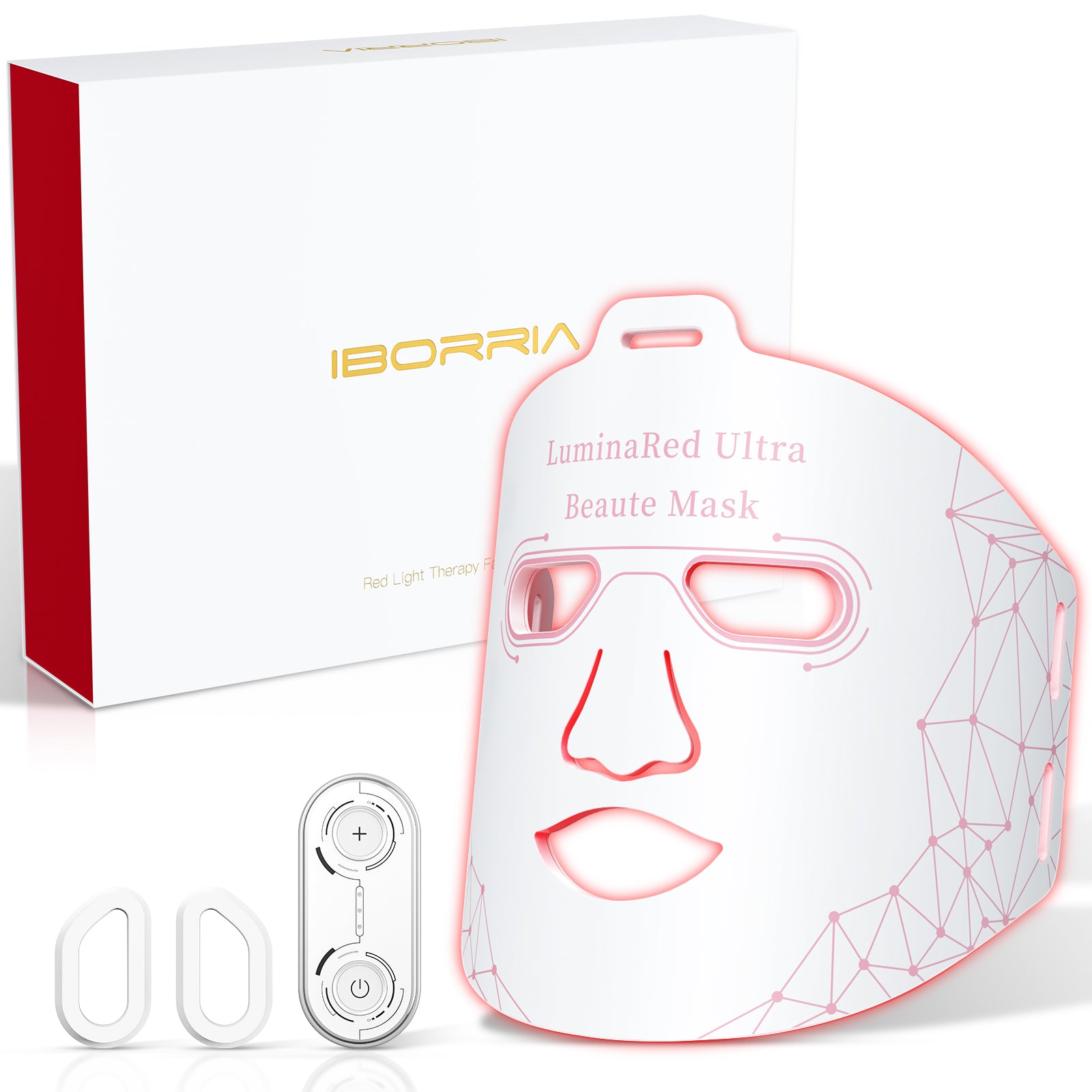
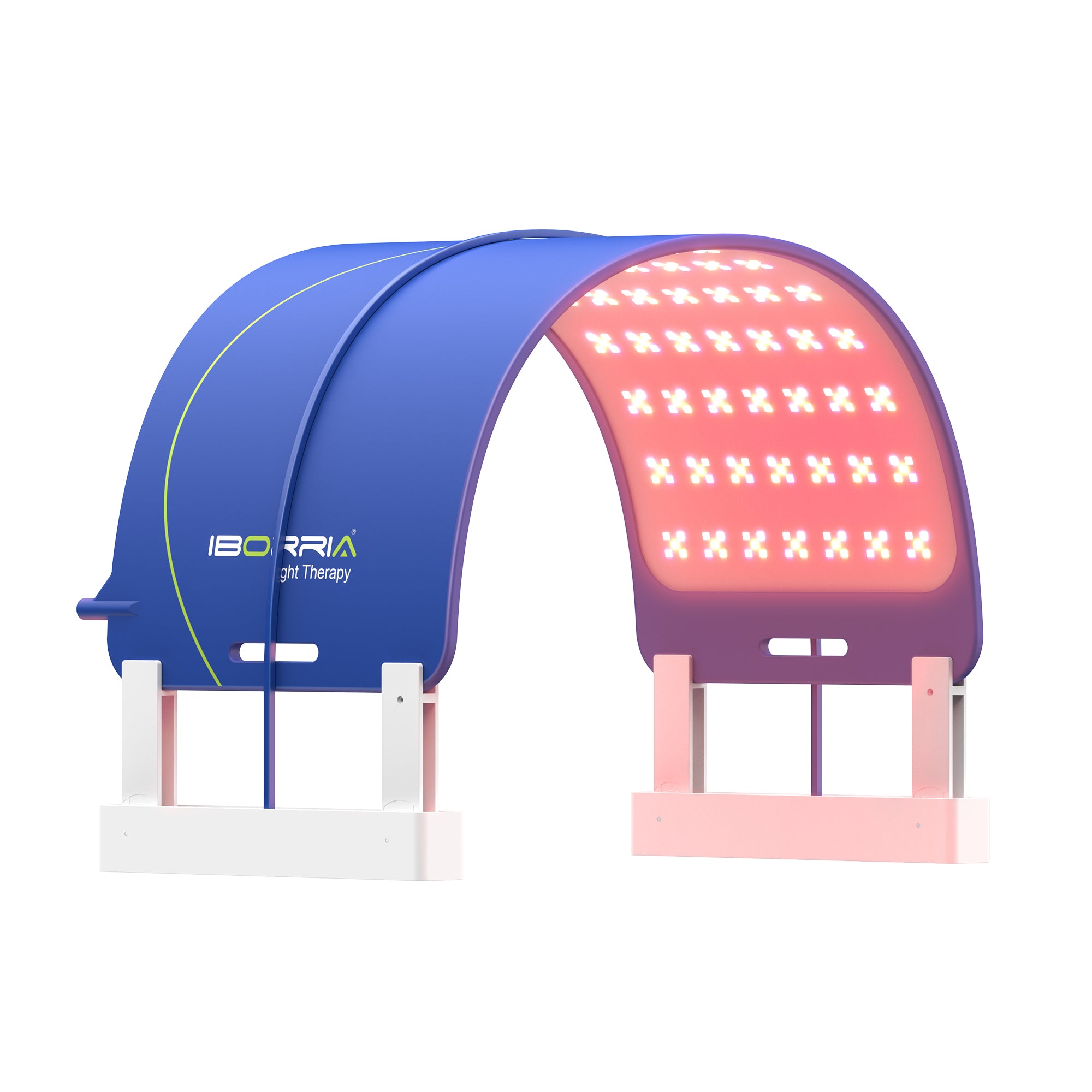
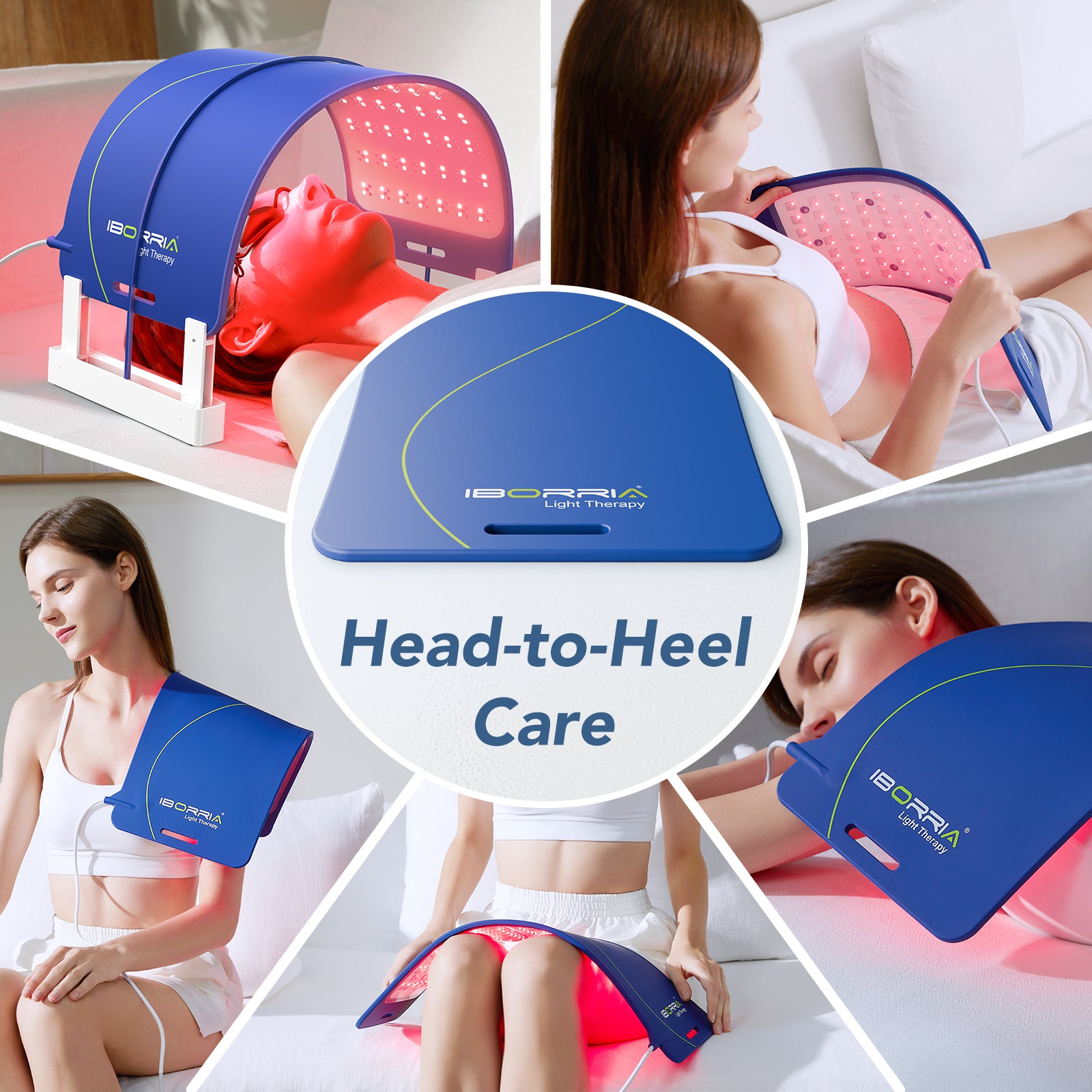
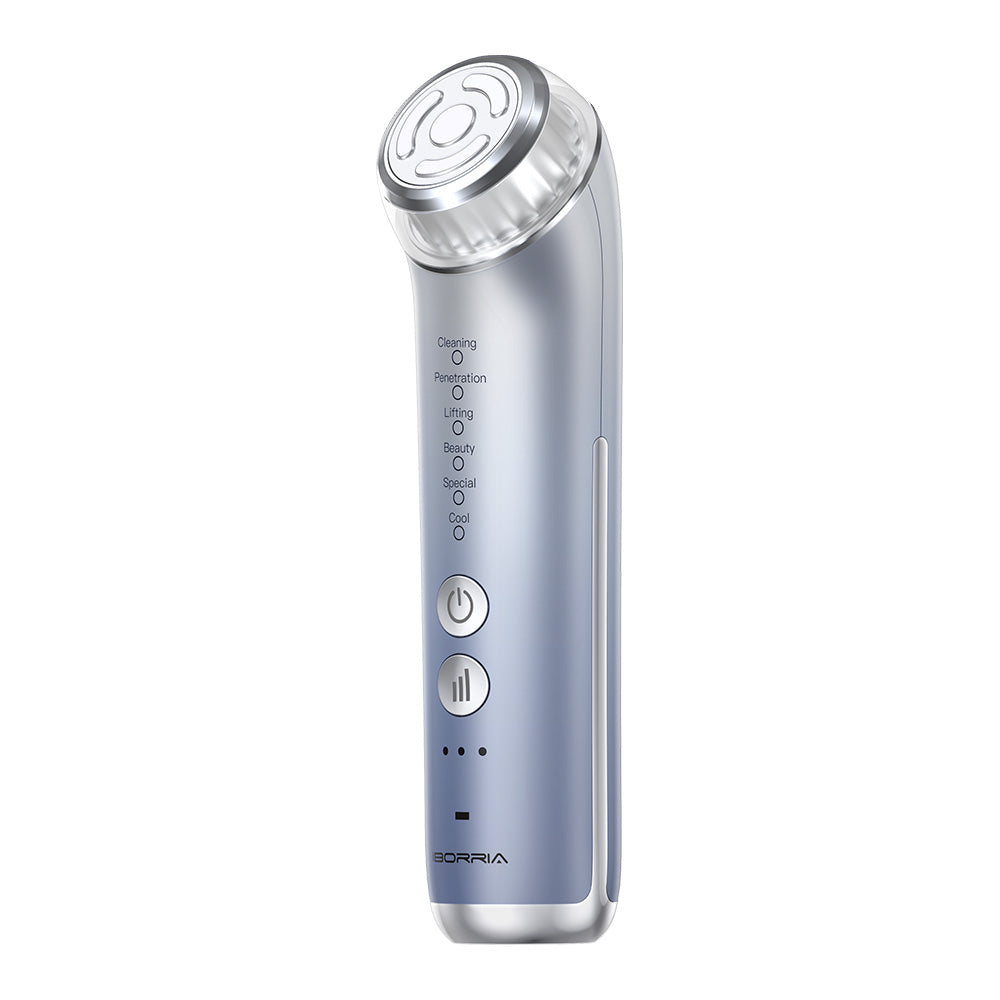
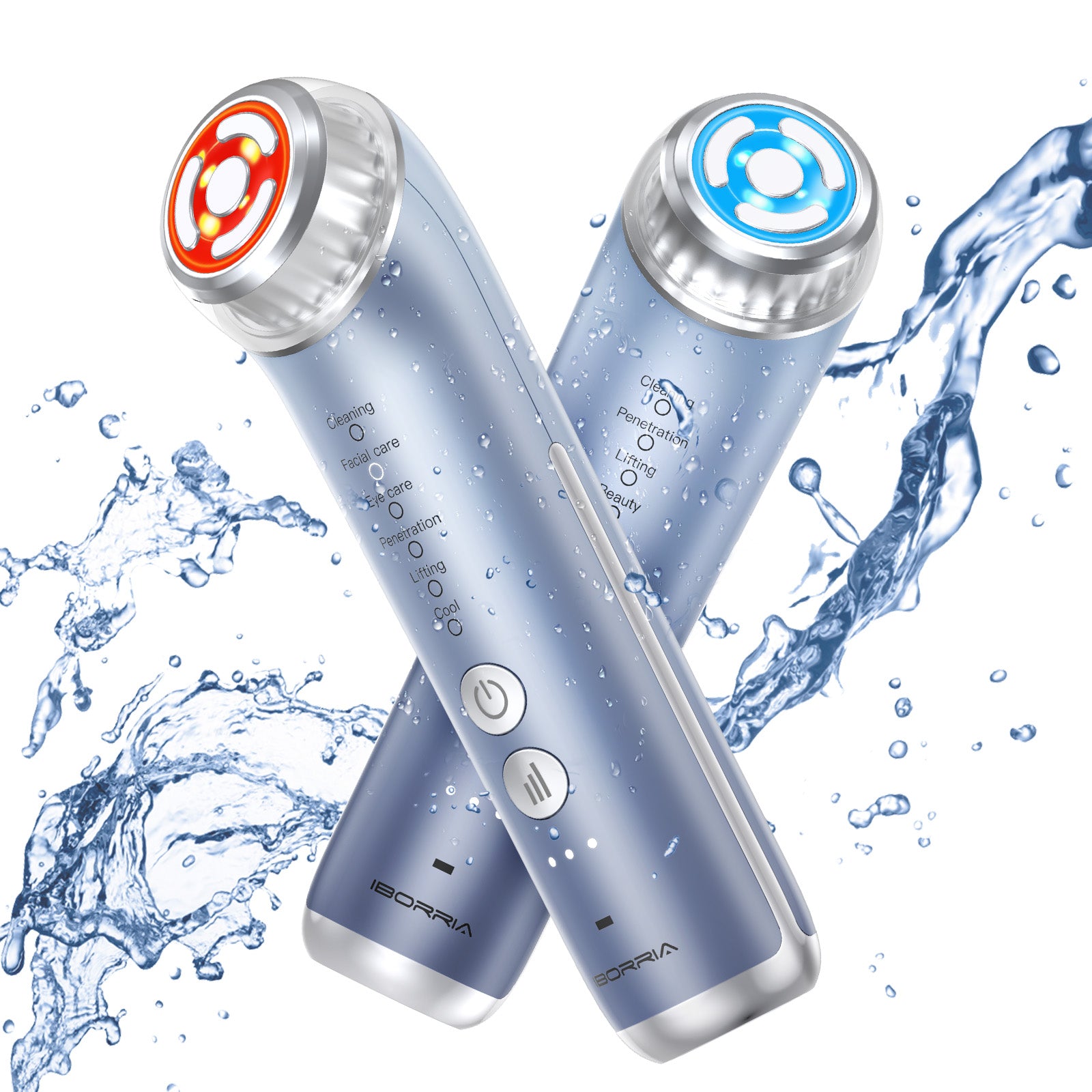
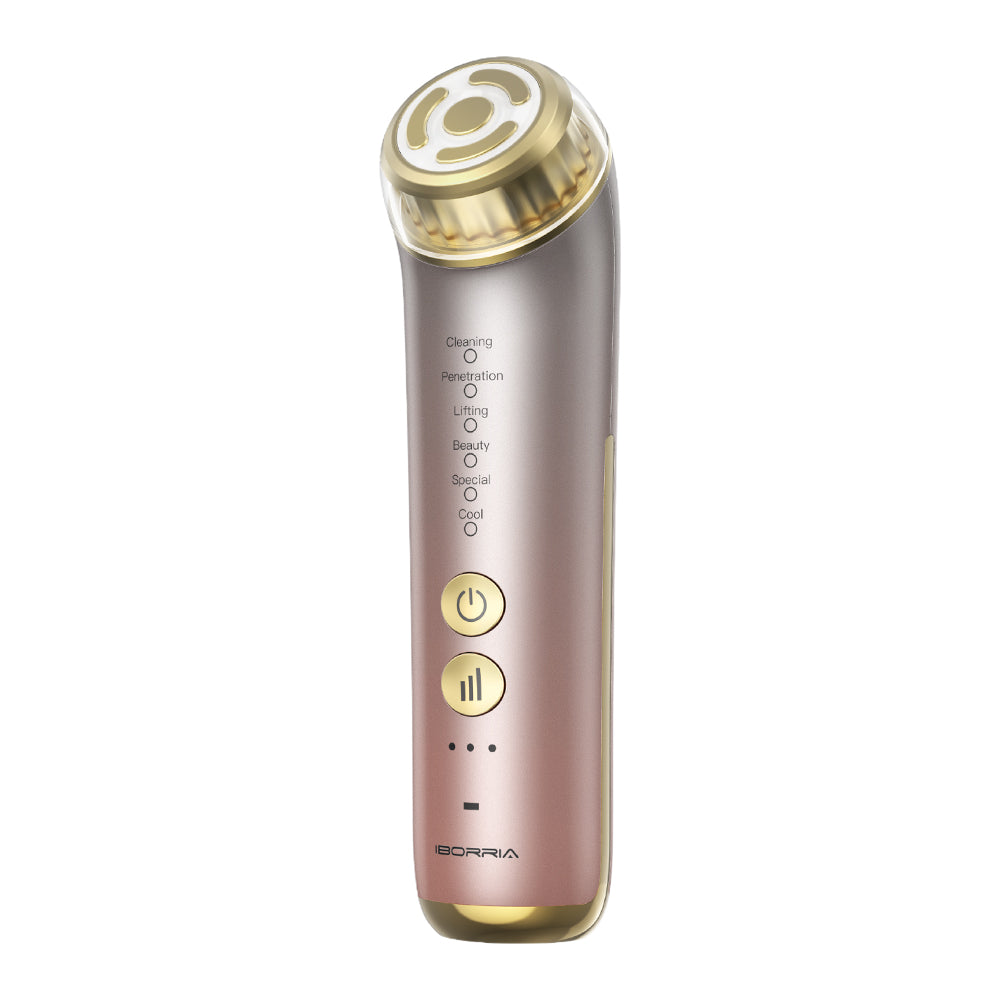
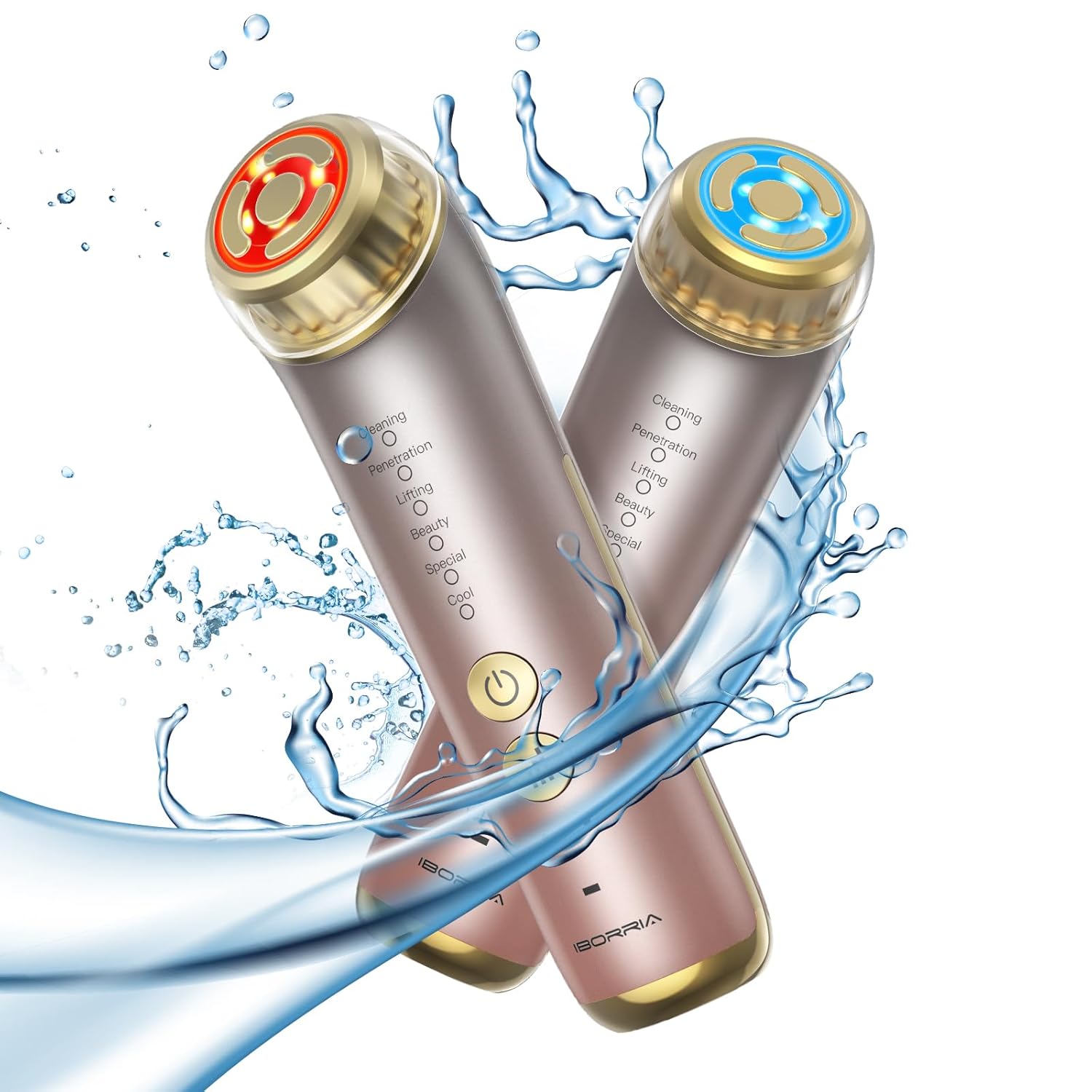

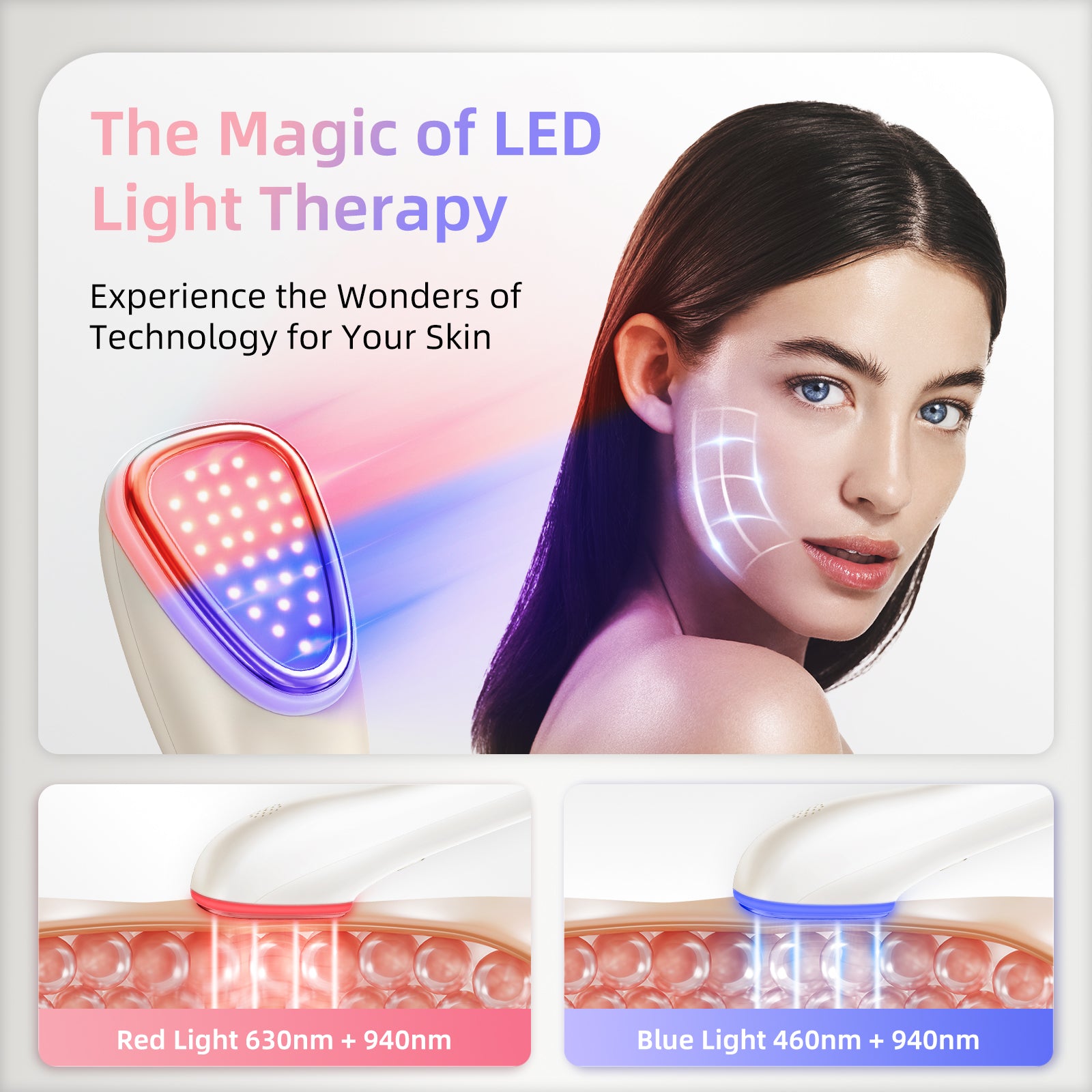

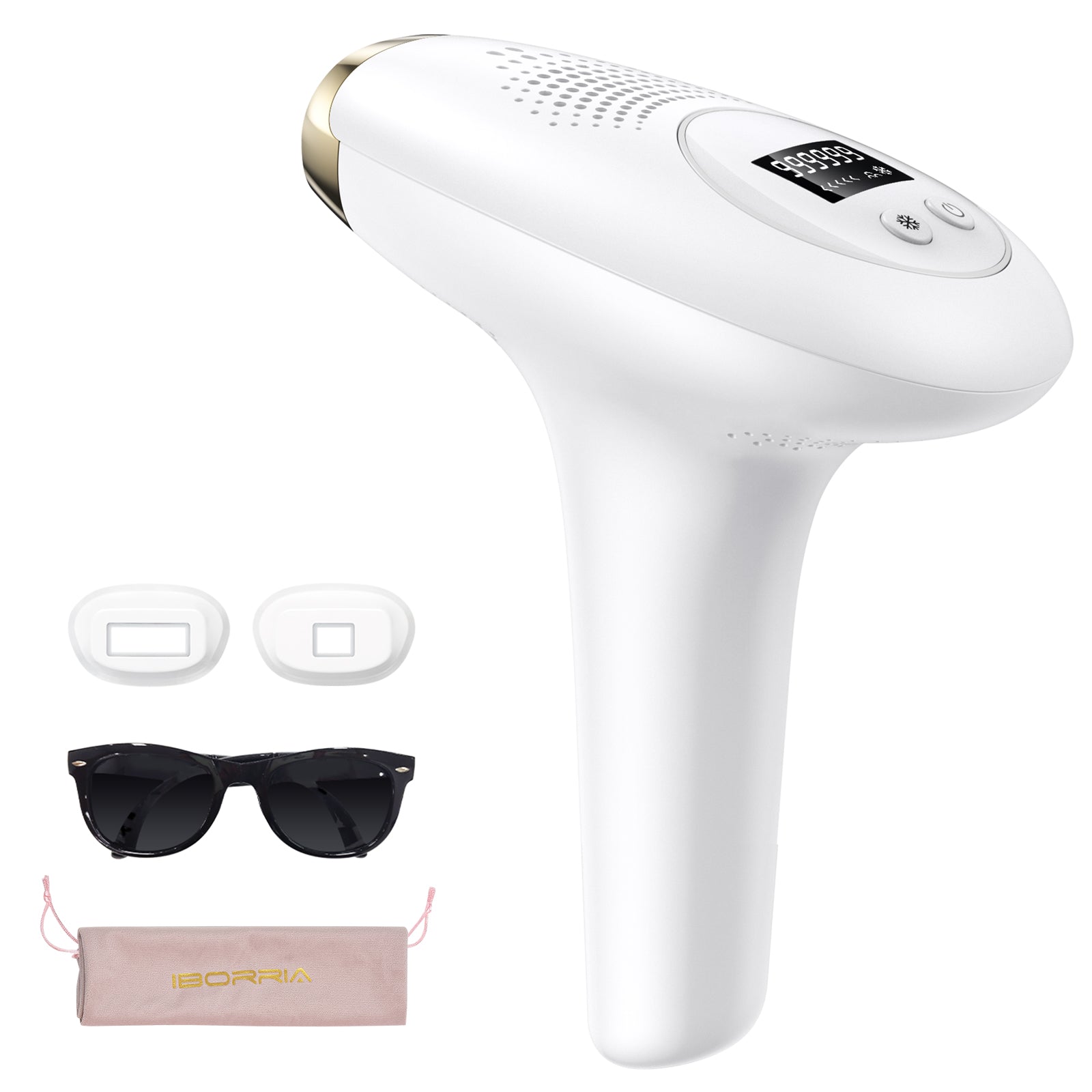
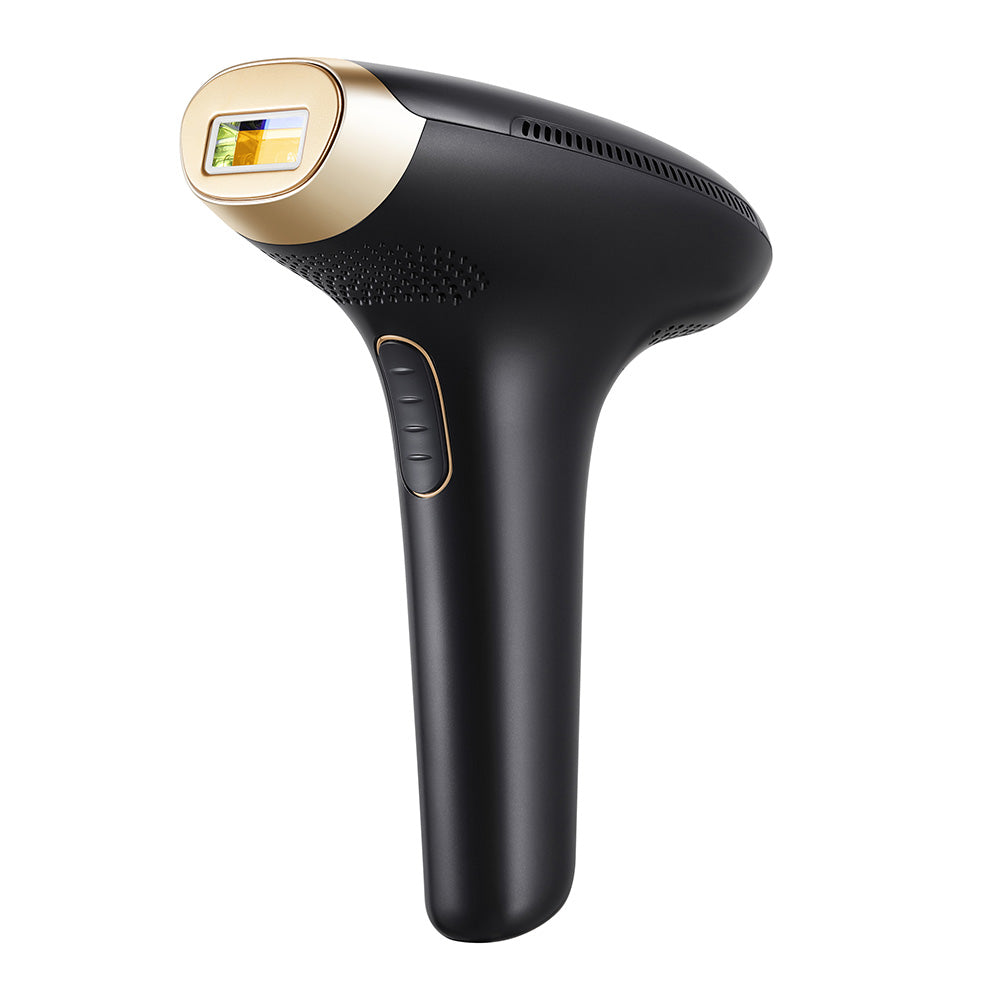
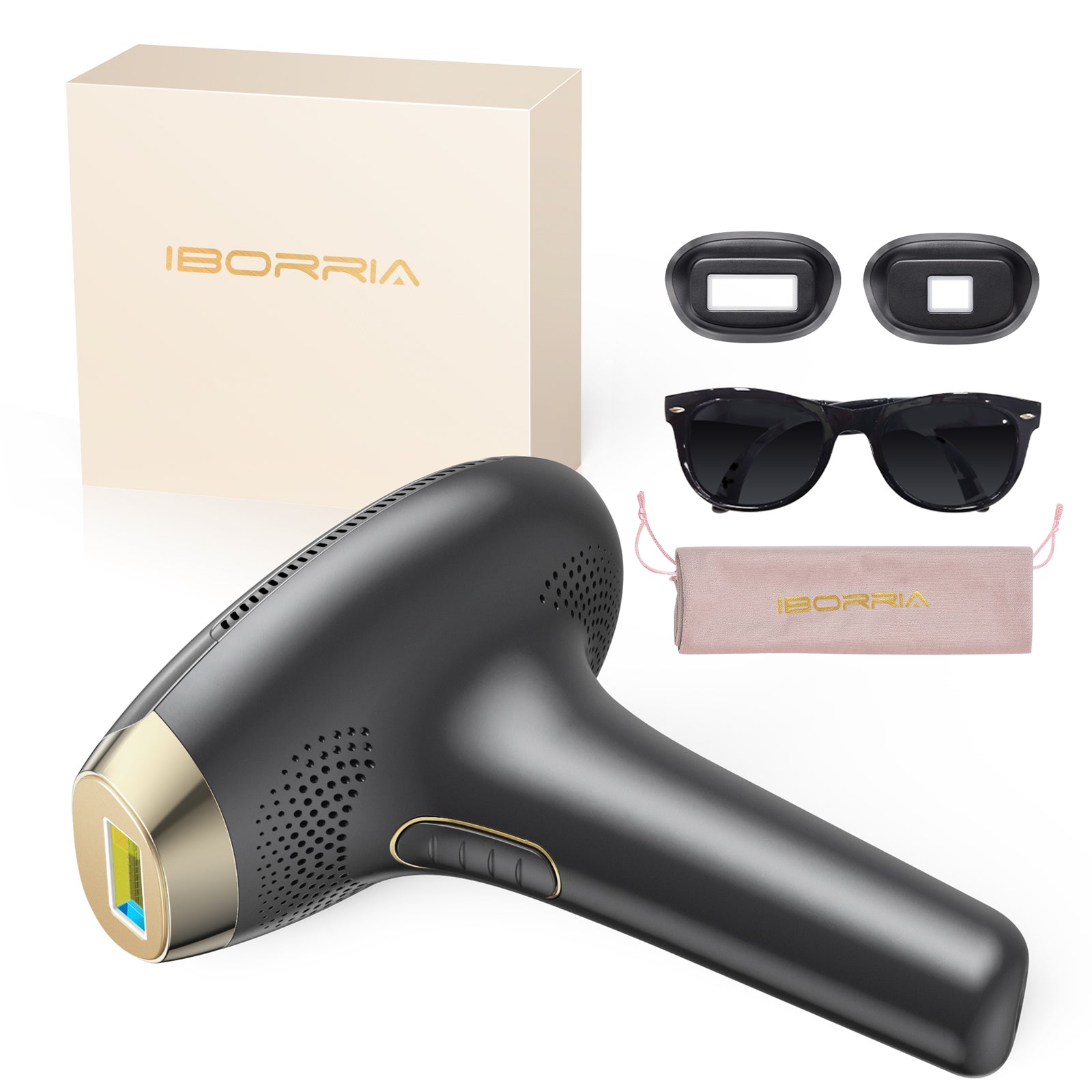

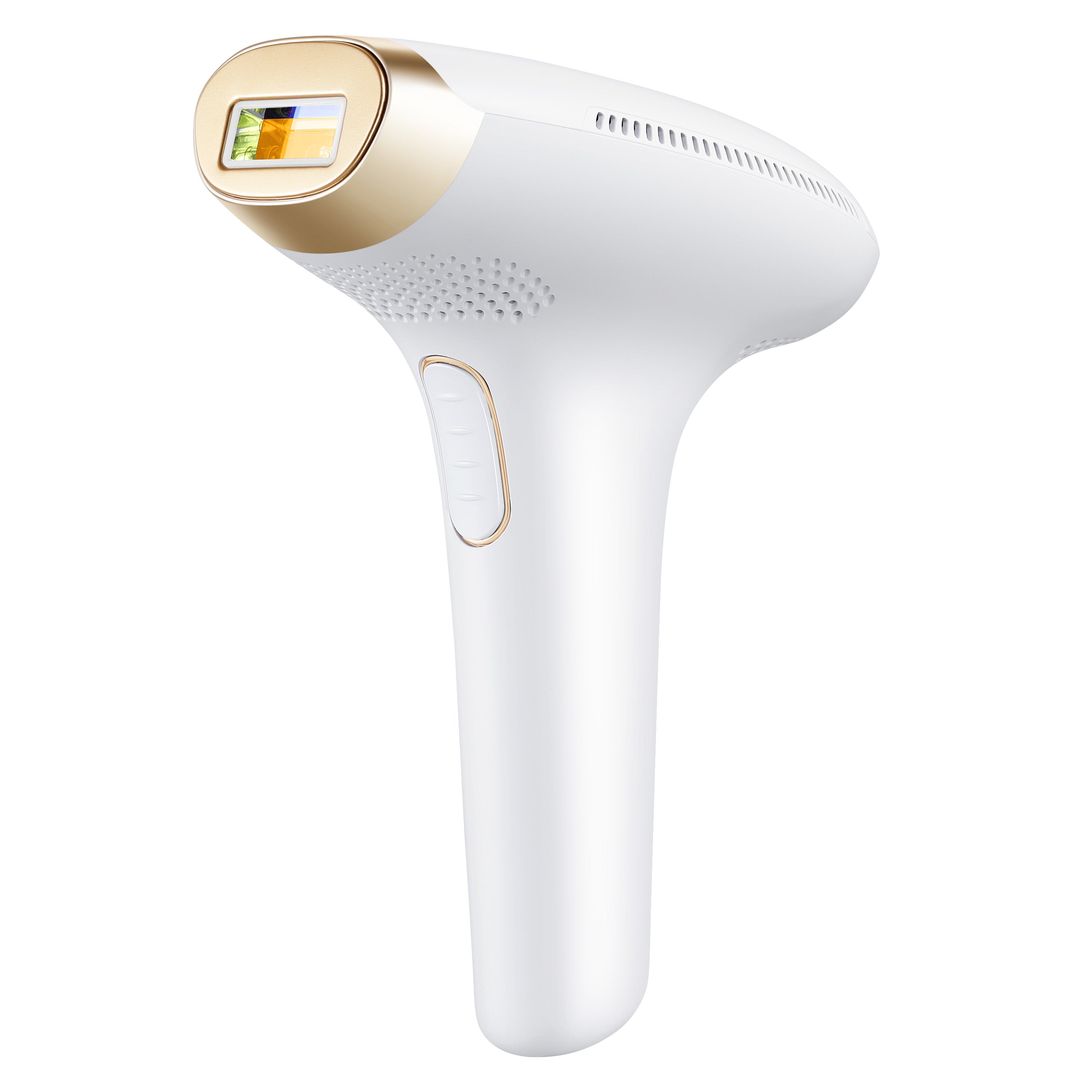
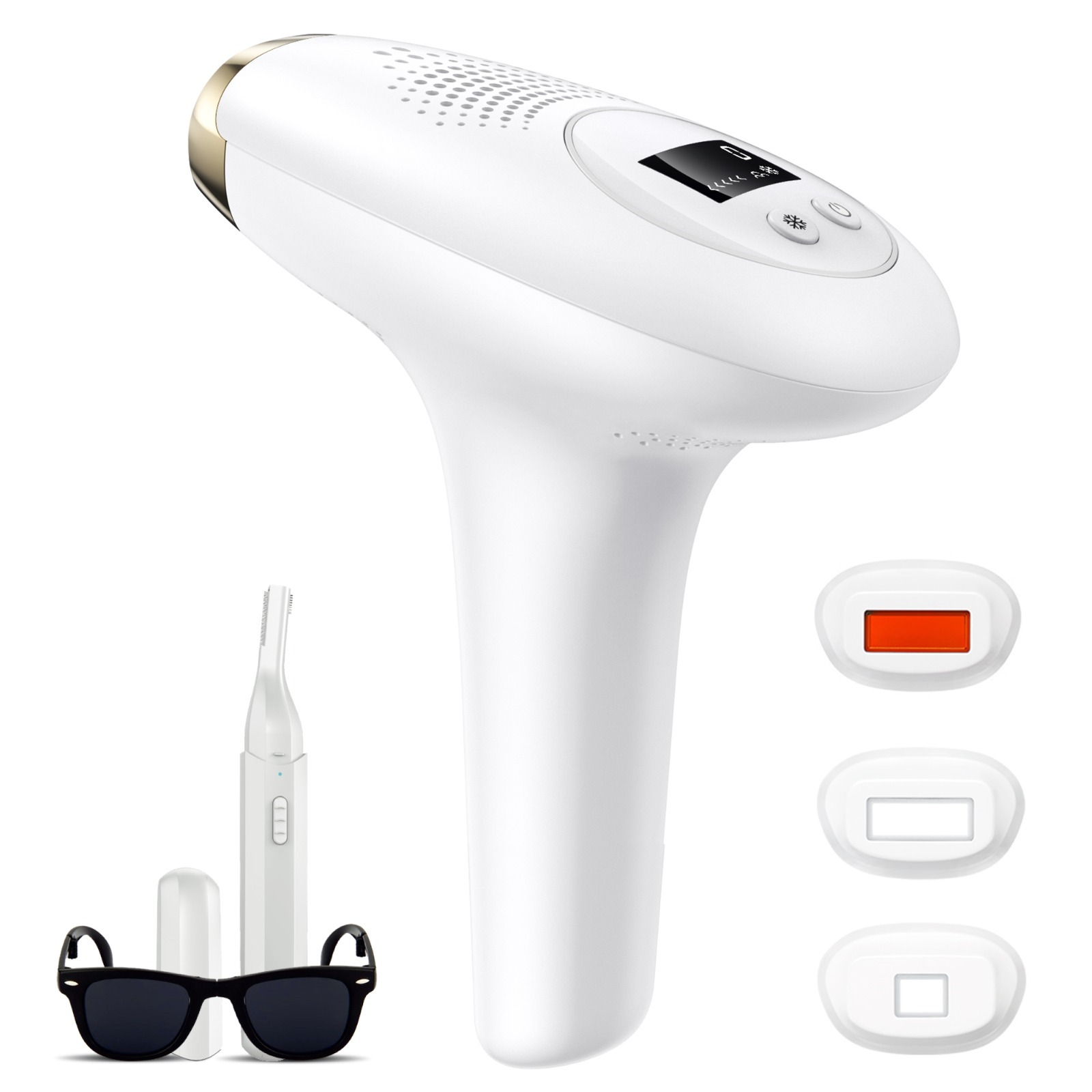

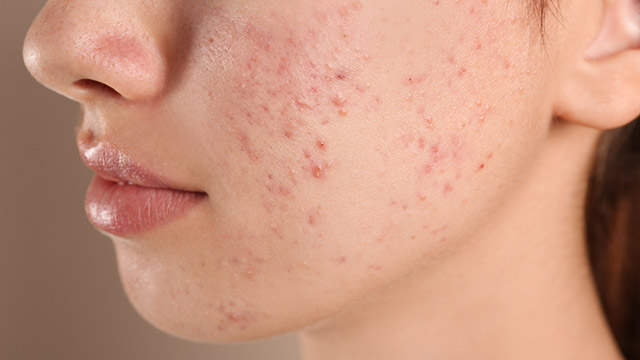
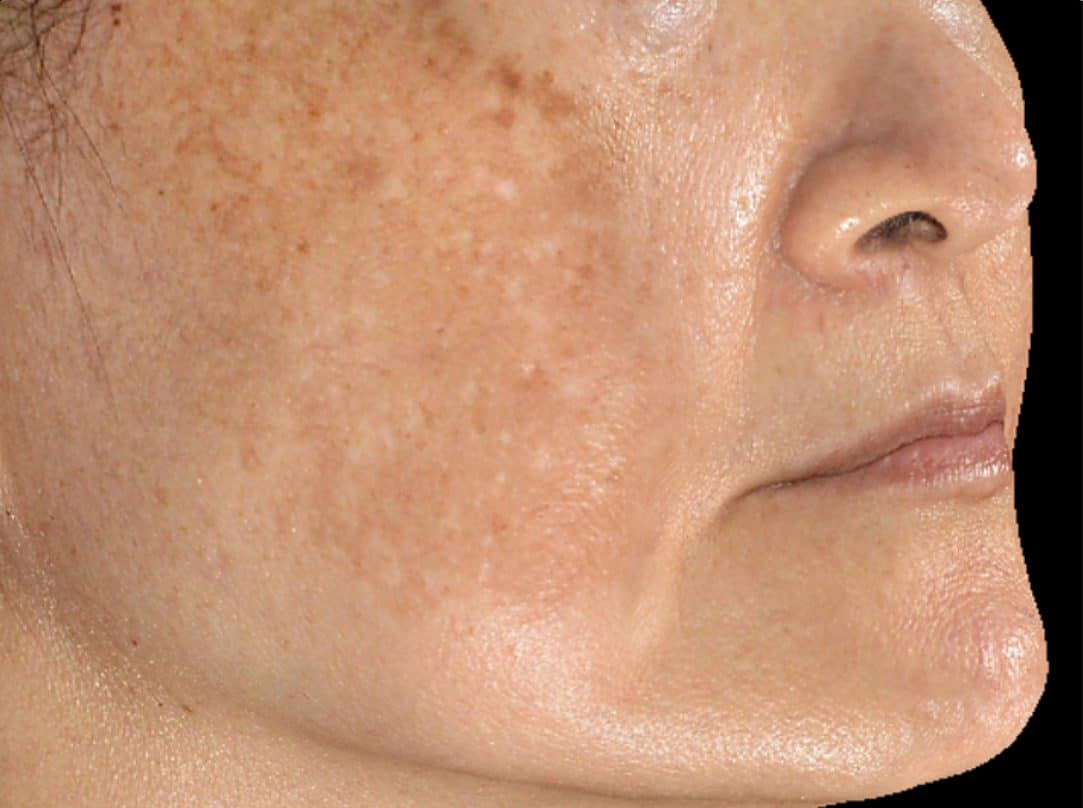

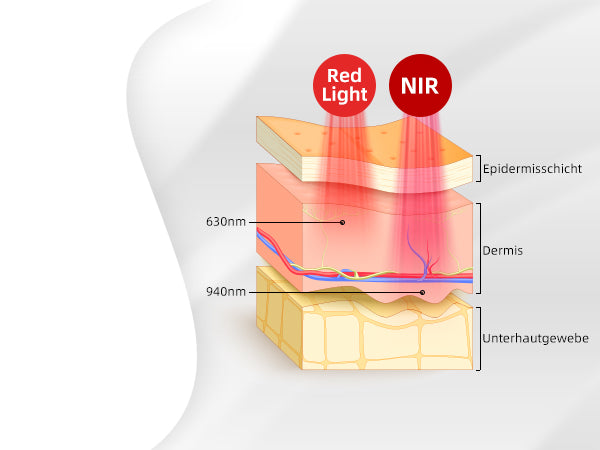
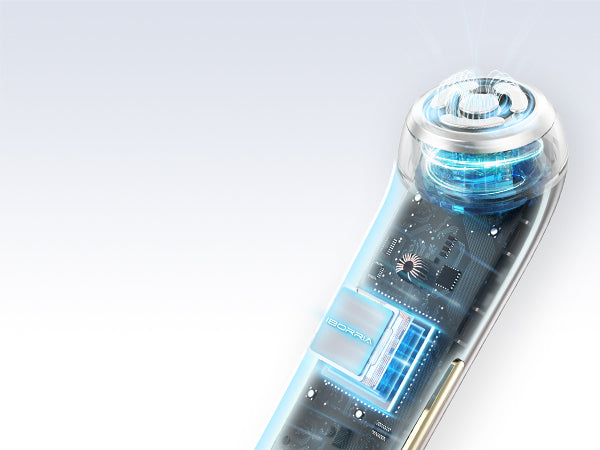
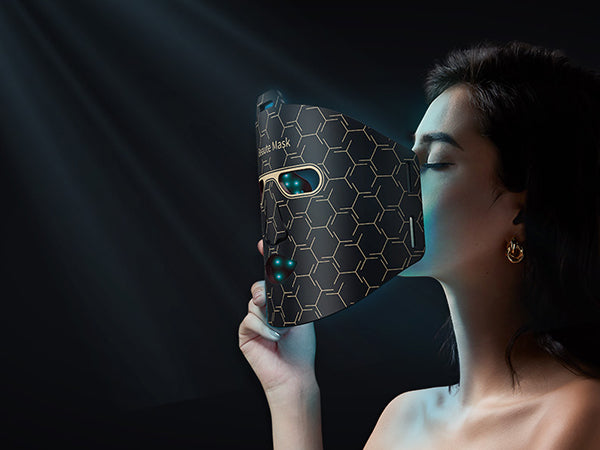

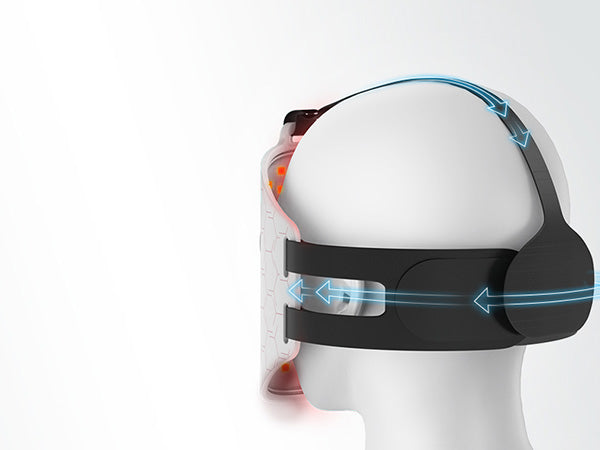

Comments